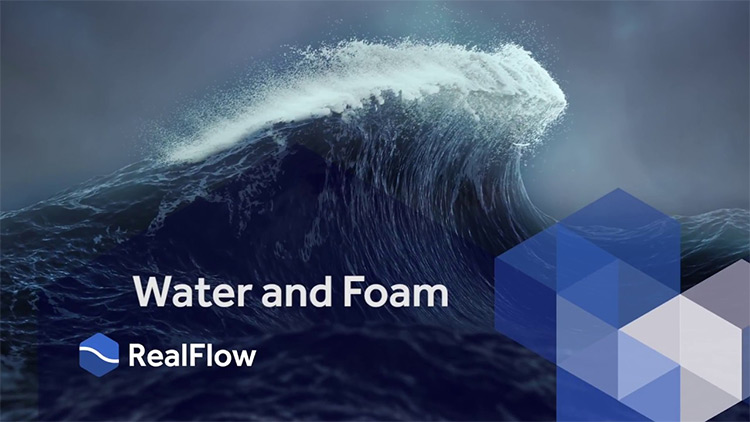

You can merge as many renders as you want, so you can always use all of the resources in your network effectively and not a single second of computation will ever be wasted. The merge operator in this case (you) takes all particle files into a single file and adds all the computations stored in that files into the current framebuffer. When the master computer gathers all the results, they need to be merged. When rendering in a co-operative scheme, each render slave will render the same scene.particles, but you have to take care that each slave uses a different random seed, so each sub-render will compute different particle paths and thus have a different noise distribution in the same area like filling the blanks.

realflow is built on a solid, efficient but not intuitive network platform designed for ease of use and reliability and this is the way to have good results in less time talking about mesh generation. Network Render (means work environment for one result)įor obvious reasons, network distributed rendering yields drastic reductions in render times for almost any render engine or any kind of simulation, but for Fluid Mechanics render engines in particular it can often be essential.

This will work for sure with any other particle simulation software. You can do network simulation with realflow very easy (network simulation in cooperative mode), run o each computer the same simulation dividing the total ammount of particles/computers available, then (blend) load the particles into one single file and build the mesh, each simulation have different seed, then you are rarely having the same point at the same time in the space, but you can ad a random speed value like.


 0 kommentar(er)
0 kommentar(er)
